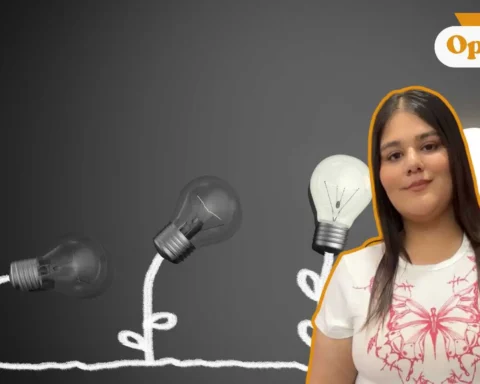‘legacy of your steps’
Dance… a movement of the body, endorsed by the creative mind and perhaps by the soul. It is also for entertainment, as we have come to define it in modern times. Expressions of the face are part and parcel of most dance forms.
Some people say they do not know how to dance. What they mean is that their bodies are too rigid and do not allow carefree movements. This is true. One can see when such people are attempting to dance.
One of the most graceful dances that one can think of is ballet. It is, at times, slow. There are also sudden, jerky movements in between. Those who love ballet swear by it.
Ballroom dancing is characterised by circular motions. Call it rotational and revolutionary, if you will. Based on the cultural setup in which this dance form thrives, the emphasis is on the pace of movement.
Classical dance forms from various parts of the world represent traditions developed over centuries. They are thematic in their conception and construction. Take, for instance, Odissi from India. The movements are unhurried and sensual. The other Indian dance forms, such as Bharatnatyam, Mohiniyattam, and Kuchipudi, all have their own structure and nuances.
The repertoire is huge. A thesis on dance forms is not the intention here. Here we are talking about a different kind of dance, one that comprises various steps, sequences, and rhythms.
The type of movements—circular, linear, jerky, or slow – will be highlighted. The ultimate goal is to see the relationship between the kinds of movements and the kind of approach we all have toward life. The steps we take in life are akin to dance movements. This ‘life dance’, at its very essence, is a single-performer base. Family and friends partake but cannot be expected to dance along throughout.
Most of us move in the structured format dictated by the cultural setup in which we were raised. The type of approach one chooses is a reflection of one’s values. Each of us will choose the one that suits us best. In dance, although there can be backward steps, it is essential to complete the performance. So is the case with life.
The amusing aspect of the phenomenon of life is that many performers are unaware that they are performing. Some of the steps they undertake are almost involuntary. ‘Follow the herd’ is the stance taken. The sad part is that the sheeple do not know that they do not know. In other words, they do not know any better in most circumstances. This stems from being brought up in extreme conservative circles. Such customs and traditions subvert any new ideas and thwart the steps that the individual wants to take.
No one’s dance is considered the best. All have their own characteristics. Taking the wrong moves or steps disrupts the flow. If it is a group performance, then the disturbance has a ripple effect in ways, both big and small. The point is to understand the dance in its entirety and to contribute in a way that allows a smooth performance. In dance, as in life, it is critical to regain one’s balance under such circumstances.
No one can perform a single type of dance all his or her life. It takes a varied approach to be in control of life if ever such a thing is possible. The attitude and the actions that follow will determine the future course. This is to say that each situation in life calls for different kinds of steps to be taken. At times, quick wit works. Other times, slow deliberation is the best way to go about it. For this to happen, one has to be aware of the journey and its purpose with clarity.
One extreme example needs to be mentioned here. Street protests are happening all over the world against the government’s failure to address the concerns of its citizens. This is a form of dance because every person who is in it has the desire to express her or his feelings—in this case, discontent. It is obvious that the message here is social. It goes without saying that one must tread carefully in such a context.
In life, an infinite number of circumstances arise where one is forced to dance to the tune of others to some extent. Going with the flow might prevent a backlash. Otherwise, the repercussions might be too big to handle. It is not easy to be an isolationist. Yet it is not impossible either. It is a matter of choice—one of being called intelligent and the other of being called a bonehead.
The nexus between ‘life’ and ‘dance’ can be expressed in one word—grace. Without grace, no intention or action is true. Late realisations, if they do happen, do not help in retracing the steps taken. Time has moved on, and so have we.
The dance of life is performed by every one of us. Every articulated step taken moves us forward but closer to the end. And one day, we will all die.
So why not attempt to create an Elysium of the realm in which we exist?
And pray, why not make a legacy of the macabre dance that we do?
Let us know what you think in the comment section below. If you want us to publish your opinion piece, mail it to us at larra@globalindiannetwork.com.










[…] connection between performer and audience, with an emphasis on storytelling through song and dance. While some acts may be provocative, they are usually done tastefully and […]